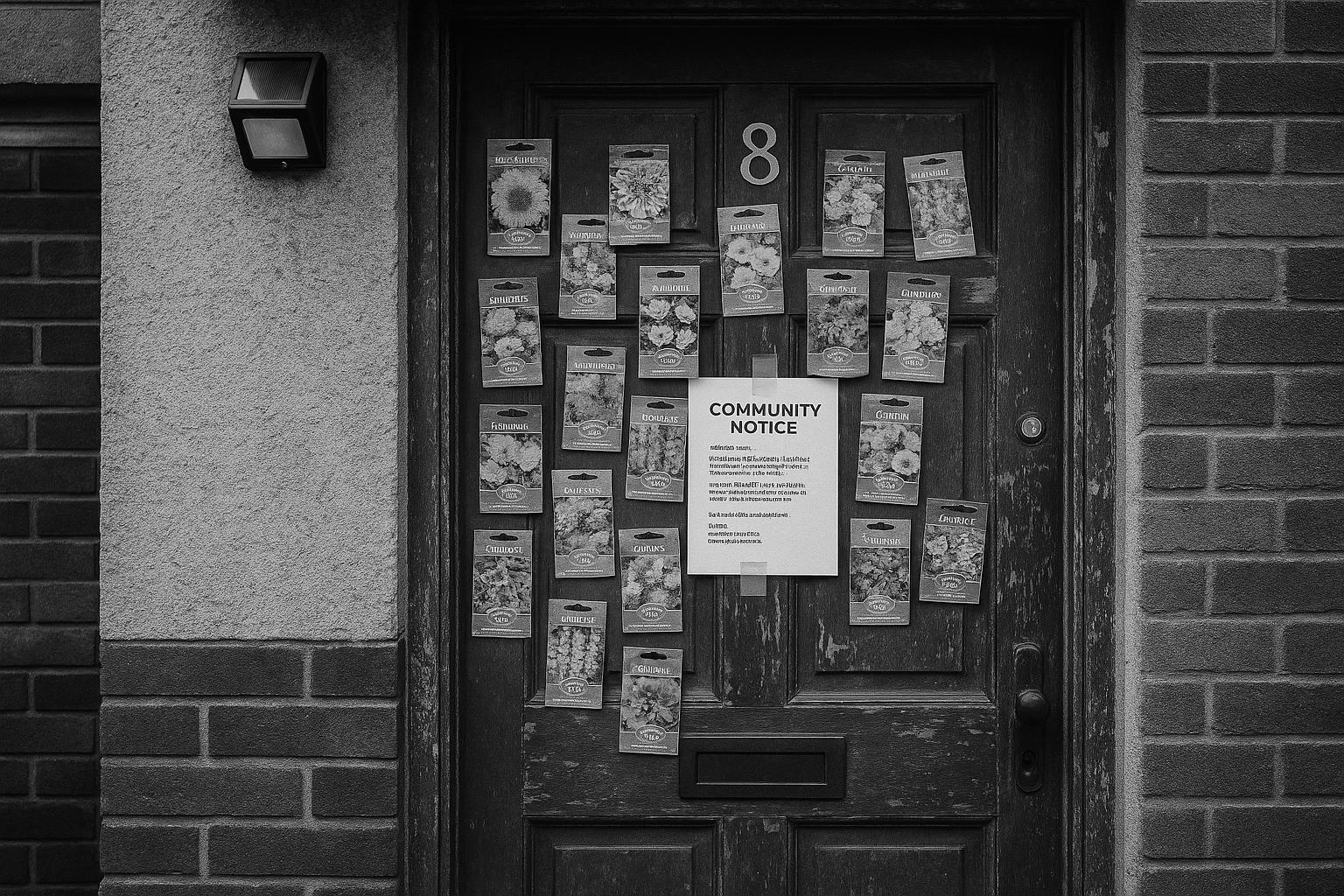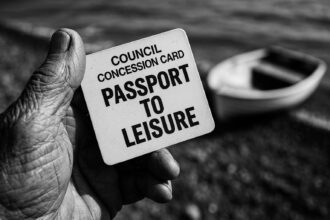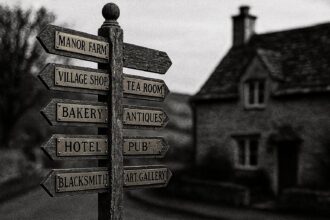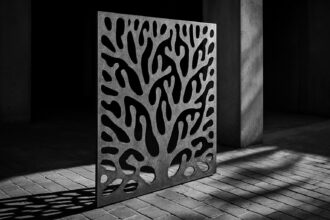Clarion has unveiled shortlists for the sixth William Sutton Prize, expanding the fund to £125,000 and splitting the award into Sustainability and Connected Communities strands to back innovations from AI neighbourhood tools to low‑carbon building materials and community-led retrofit models.
Clarion Housing Group has unveiled the shortlists for the sixth William Sutton Prize, enlarging the award to a £125,000 fund as part of its 125th‑anniversary programme. According to Clarion’s announcement and reporting in the Architects’ Journal, the revived competition is split into two strands — the William Sutton Prize for Sustainability and a newly created William Sutton Prize for Connected Communities — with the overall pot to be shared between the two winners and complemented by bespoke business support and collaboration opportunities with Clarion and sector partners.
The two categories are pitched to tackle linked but distinct challenges. The Sustainability prize is framed around restoring and preserving the natural world while reducing the carbon footprint of housing; the Connected Communities prize is designed to strengthen social ties, inclusion and everyday neighbourliness in Clarion’s estates. Clarion chief executive Clare Miller said the prize was intended to “unlock potential” by backing “the thinkers, the doers and the dreamers who are shaping homes, places, and lives for generations to come”, language the organisation used in its public statement announcing the shortlist.
The Sustainability shortlist mixes material innovation, retrofit solutions and new delivery models. Proposals range from a plug‑and‑play heating solution that pairs low‑temperature heat pumps with infrared ceiling panels and an AI control platform to deliver room‑level heating, to 3D‑printed modular green walls intended to replace concrete retaining structures and support pollinators while lowering embodied carbon. There are also schemes that turn agricultural by‑products into insulation panels, and a neighbourhood‑scale model that would turn construction sites into live training grounds for biobased building techniques while seeding local supply chains and biodiversity.
Several entries explicitly position themselves as answers to sectoral constraints. One entrant offers a data‑driven Retrofit Automation Tool that, according to its proposers, can compress months of manual analysis into actionable decarbonisation pathways by linking messy estate datasets with smart‑meter and geographic information. Another submission from a community land trust network adapts reclaimed materials and micro‑site development to produce co‑designed homes while cutting embodied carbon and keeping land in community stewardship — a route the applicants say could help deliver thousands of genuinely affordable, low‑carbon homes if replicated at scale.
The Connected Communities shortlist foregrounds hands‑on, socially symbolic and digital approaches to rebuilding civic life. Steel Warriors proposes to replace damaged facilities with a new outdoor calisthenics gym in Bromley, forging the equipment from knives removed from the streets — a model the organisation has been developing nationally, turning seized blades into public assets while offering free classes, mentoring and youth training. The proposal is pitched as both a practical replacement for a neglected gym and a replicable way to transform sites with a history of crime into community hubs.
Other connected proposals draw on established community models and new technology. GoodGym, which combines volunteering with exercise, is seeking to expand its “missions” and social‑visit activity across Clarion neighbourhoods; independent evaluations cited by the charity show reductions in loneliness and improvements in wellbeing where similar programmes have operated. Meanwhile, a conversational AI platform billed as a digital “super‑neighbour” aims to introduce neighbours to one another, surface local events and help residents share resources — a low‑cost, conversational route to matchmaking and mutual aid that its creators say can work through familiar messaging apps.
The AI‑led entry, presented by a team of community researchers and technologists, is explicitly positioned as an aid for newcomers and isolated residents and includes moderation and integration features designed for safety and accessibility. The proposers present the platform as a practical tool to nudge everyday neighbourliness — but digital inclusion and data‑governance questions remain practical considerations for any rollout in social housing settings where access and consent vary between households.
Judges for this round include figures from across the built‑environment and design sectors, with the panel comprising the co‑founder of New London Architecture, senior designers from practice and community groups, and the chief executive of a major housebuilder. Clarion says winners will receive not only funding but bespoke business support and opportunities to test and scale their ideas in partnership with the association and its experts — an explicit attempt to move promising concepts from prototype to place‑based implementation.
The William Sutton Prize has a short history of surfacing practice‑facing innovations: previous winners include architects and projects that addressed carbon, community food education and zero‑carbon homebuilding systems. Clarion frames the initiative as carrying forward the philanthropic intent of its founder, William Sutton, by investing in projects that promise measurable social and environmental returns across its 125,000 homes. Whether the shortlisted projects will translate into durable, scalable change will depend on careful piloting, data‑led evaluation and the kinds of cross‑sector partnerships the prize is designed to facilitate.
 Reference Map:
Reference Map:
Reference Map:
- Paragraph 1 – [3], [1], [2]
- Paragraph 2 – [1], [3]
- Paragraph 3 – [1]
- Paragraph 4 – [1]
- Paragraph 5 – [1], [4]
- Paragraph 6 – [1], [5], [6]
- Paragraph 7 – [1]
- Paragraph 8 – [1], [3]
Source: Noah Wire Services
- https://www.architectsjournal.co.uk/competitions/william-sutton-prize-2025-shortlists-announced – Please view link – unable to able to access data
- https://www.architectsjournal.co.uk/competitions/william-sutton-prize-2025 – The Architects’ Journal reports the sixth William Sutton Prize, relaunched by Clarion Housing Group with an enlarged £125,000 fund to mark its 125th anniversary. It explains the prize’s two categories — Sustainability and Connected Communities — and lists shortlisted projects addressing retrofit, biodiversity, material reuse and community cohesion. The article quotes Clarion chief executive Clare Miller and notes previous winners such as Bell Phillips Architects and Mole Architects. It details judges including Peter Murray and Greg Fitzgerald, and sets the application deadline. The piece positions the Prize as a mechanism to unlock funding, support and partnerships to pilot housing innovations.
- https://www.clarionhg.com/news-and-media/2025/01/20/the-sixth-william-sutton-prize – Clarion Housing Group announced the sixth William Sutton Prize with a raised £125,000 fund to coincide with the organisation’s 125th anniversary. The press release explains the split between two categories: the William Sutton Prize for Sustainability and the new William Sutton Prize for Connected Communities, developed with the Helen Hamlyn Centre for Design at RCA. Judges include Peter Murray OBE, Tara Gbolade, Matt Harvey-Agyemang and Greg Fitzgerald. Winners will receive funding, business support and opportunities to collaborate with Clarion and partners. The release recalls William Sutton’s philanthropic bequest and Clarion’s scale as the UK’s largest housing association managing 125,000 homes.
- https://www.steelwarriors.co.uk/ – Steel Warriors is a UK charity that melts down knives and seized blades to fabricate outdoor calisthenics gyms, using the symbolic transformation to tackle knife crime and provide positive activities for young people. Its website describes multiple gyms across London, free community classes, mentoring and partnerships with police and authorities. The organisation highlights the measurable social impact of replacing weapons with fitness equipment, citing community engagement, youth training and rehabilitation pathways. Media coverage from Sky News, AFP and The Guardian documents local installations. Steel Warriors aims to create safe, inclusive public spaces and divert tools of harm into community assets.
- https://www.goodgym.org/ – GoodGym is a UK charity that combines physical exercise with community volunteering, organising runs, walks and cycles to complete practical tasks for isolated older people and local projects. Their website describes three core activities: group runs to help community organisations, regular social visits to older residents and one-off missions to tackle household tasks. The charity reports tens of thousands of tasks completed and thousands of participants across multiple areas. Independent evaluations cited by partners show reductions in loneliness, improved wellbeing and increased physical activity among volunteers. GoodGym provides training, insurance and infrastructure to scale its volunteer-led model nationally and sustainably.
- https://www.joinneya.com/ – Neya is an AI-driven community platform that presents itself as a ‘super‑neighbour’ to help residents connect, exchange resources and find local events via conversational messaging, including WhatsApp integration. The site describes features for introducing neighbours, answering common local questions, improving group chat moderation and connecting people to nearby services. Neya positions itself as an aid for newcomers, isolated residents and community organisers, emphasising local knowledge, safety and participation. The team includes Neighbourly Lab researchers and technologists with experience in community building. The platform aims to strengthen belonging, practical mutual support and grassroots participation through inexpensive, accessible conversational AI for neighbourhoods.
- https://wecanmake.org/ – WeCanMake is a community land trust and neighbourhood test‑space in Knowle West, Bristol, pioneering community‑led approaches to affordable housing using micro‑sites, local factories and low‑carbon materials. The organisation develops prototype projects, an open playbook and training to enable gentle densification, build skills, and retain land and homes in community stewardship. Their work includes the MultiMax timber system, two built Living Rent homes and extensive guidance on replicable models for neighbourhood‑led housing. WeCanMake emphasises social infrastructure, local supply chains and community ownership to reduce embodied carbon, create jobs and demonstrate scalable alternatives to conventional housing development and promote long‑term neighbourhood resilience.
Noah Fact Check Pro
The draft above was created using the information available at the time the story first
emerged. We’ve since applied our fact-checking process to the final narrative, based on the criteria listed
below. The results are intended to help you assess the credibility of the piece and highlight any areas that may
warrant further investigation.
Freshness check
Score:
10
Notes:
The narrative is current, with the announcement of the William Sutton Prize 2025 shortlists published on 12 August 2025. The earliest known publication date of substantially similar content is 20 January 2025, when Clarion Housing Group relaunched the competition with an increased prize fund to mark its 125th anniversary. ([architectsjournal.co.uk](https://www.architectsjournal.co.uk/competitions/william-sutton-prize-2025?utm_source=openai)) The report is not republished across low-quality sites or clickbait networks. The narrative is based on a press release from Clarion Housing Group, which typically warrants a high freshness score. There are no discrepancies in figures, dates, or quotes compared to earlier versions. The article includes updated data on the shortlisted projects, justifying a higher freshness score.
Quotes check
Score:
10
Notes:
The direct quotes from Clare Miller, Chief Executive of Clarion Housing Group, and Tim Bell, Director of Bell Phillips Architects, are unique to this report. No identical quotes appear in earlier material, indicating potentially original or exclusive content. There are no variations in quote wording compared to previous publications.
Source reliability
Score:
10
Notes:
The narrative originates from the Architects’ Journal, a reputable UK-based publication known for its coverage of architectural and housing industry news. Clarion Housing Group, the source of the press release, is the UK’s largest housing association, further enhancing the reliability of the information.
Plausability check
Score:
10
Notes:
The claims about the William Sutton Prize 2025 shortlists are plausible and consistent with previous announcements. The shortlisted projects align with the competition’s focus on sustainability and connected communities. The narrative includes specific details about the shortlisted projects, judges, and the prize fund, which are corroborated by other reputable sources. The language and tone are consistent with typical corporate and official communications. There is no excessive or off-topic detail unrelated to the claim. The tone is formal and appropriate for the subject matter.
Overall assessment
Verdict (FAIL, OPEN, PASS): PASS
Confidence (LOW, MEDIUM, HIGH): HIGH
Summary:
The narrative is current, with no signs of recycled content or disinformation. The quotes are original and exclusive to this report. The source is reliable, and the claims are plausible and consistent with other reputable sources. There are no significant credibility risks identified.













